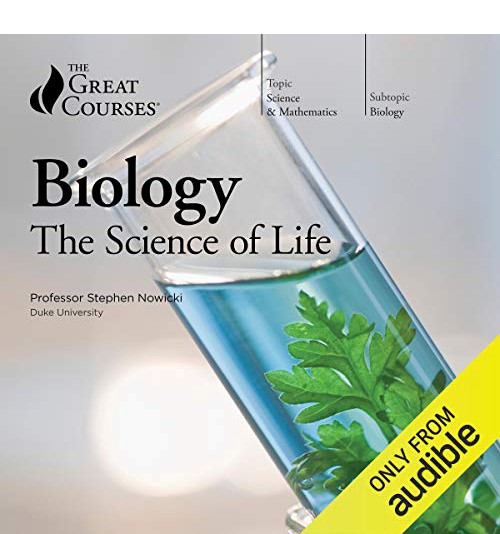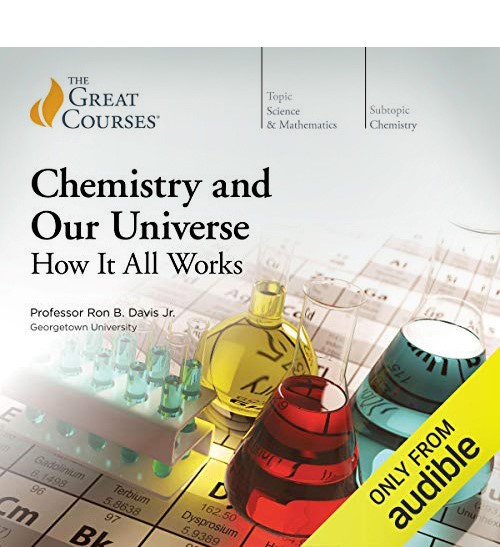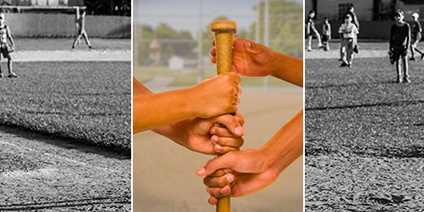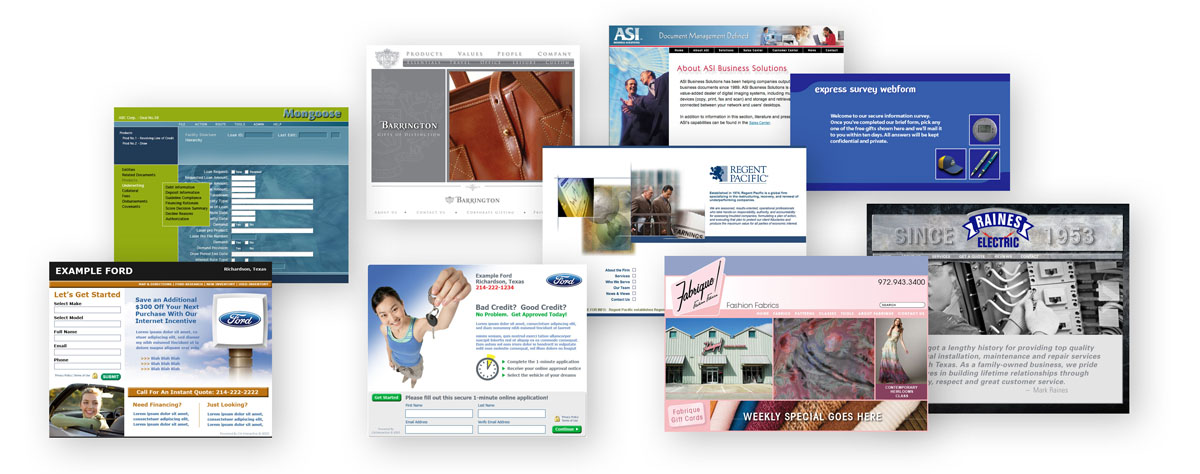Proximity

Proximity
Every day after arriving home from elementary school, I had a practiced routine. First, I changed from my school clothes into my everyday clothes — my mother was a tyrant about getting grass stains on my good blue jeans. Second, I would open a couple of my textbooks and pose them on my bed, so it at least appeared I had been doing my homework before going out to play.
Last, I would mount my trusty bicycle and join my neighborhood pals. We rode those bikes in every kind of weather and to every place we were forbidden to ride — on busy streets, in Duck Creek (it was mostly dry), and across the old lady’s yard next door. Somehow, those shared experiences — both the ones we got away with and the times we got caught — were what brought us together. Today, when I think of my childhood, it’s the dirt-smudged, grinning faces of half a dozen bike-riding imps that I remember most vividly.
Physicists tell us there are four forces in nature — Gravity, the Weak Nuclear Force, Electro-magnetic Attraction, and the Strong Nuclear Force. I’d like to suggest that there is a force even greater than all those combined. That force is Proximity. Whether you believe you were created by an all-knowing God … or that you’re the product of natural evolution … or a combination of both, you cannot deny that humans were designed to exist in relationships with one another — in Community.
Ask any prison guard and they will tell you the fastest way to break even the most defiant inmate is solitary confinement. Ask any neuro-scientist and they will regale you with stories about the recent discoveries around mirror neurons in our brains that are somehow communicating silently with the mirror neurons of people who are physically nearby. I’m not trying to go all Edgar Cayce on you and pretend that we have ESP, but I do contend that the company we keep has a profound effect, not just on the way we think but on the very physical makeup of our brain that controls every future thought.
Shad Helmstetter, in his book “The Power of Neuroplasticity”, provides a great description of mirror neurons, how they act, and how they are acted upon. Charlotte Mykura, in her book “Epigenetics: How Environment Changes Your Biology”, takes the argument a step further and describes how the environment we inhabit (including those biological entities we spend time with) can impact the epigenetic activity throughout our bodies, including our brains.
But those are all science lab examples. I prefer real life. My friend, Chase, once told me a story about his grandfather, a man who understood the power of proximity. As a young man, Chase’s grandfather took the bus to work every day. One morning, some unexpected obstacle forced him to take an alternate route to the bus stop. On that new route, he spotted a beautiful young woman, sitting on her front porch, enjoying the morning air. He smiled at her, and she completely ignored him. So, he repeated the process … every day … FOR A YEAR! Eventually, indifference turned to curiosity, followed by acceptance and a smile. That led to communication and familiarity. To cut the chase (see how I did that) the beautiful young woman ended up being Chase’s grandmother. My friend owes his very existence to the law of proximity.
Some months ago, I was sitting in my favorite bakery on a Sunday morning, having coffee with my friends, Tom and Ellen. At one point a group of about two dozen entitled individuals from a nearby church, entered the bakery and essentially claimed every table except the one we inhabited. They hastily rearranged the entire eating area of the bakery to resemble DaVinci’s “Last Supper” with one massive table-chain stretching from front door to back.
Tom commented on the wastefulness since there was absolutely no way the twenty-something girl on our end of the table could communicate with the elderly man at the far end. I replied that I knew them both and was pretty sure they were having an affair, and the old man’s wife was entrenched in the position where Jesus sat, vigilantly eyeing both ends of the table. Apart from my snarky sense of humor, I could virtually guarantee that if that young lady randomly encountered that old man (whom she barely knew) the next day in another setting, she would greet him with a reminder that they had been at breakfast together the previous morning.
The point is this: the more we are around other people, sharing the everyday activities of life, the closer we grow to them and the more easily we ignore their porcupine spines (and they, ours). In his book, “Essentialism”, a book about eliminating the frivolous, Greg McKeown devotes an entire chapter to the importance of play in the workplace. Nothing solidifies a team like enjoying recreational activities together. And nothing spans the chasms of incongruous perspectives like physical proximity.
Perhaps we should push for a constitutional amendment requiring all politicians to spend two hours a day in non-work-related activities with their adversaries across the aisle. If they didn’t bond and become more agreeable, at least they might annihilate each other and make room for more open-minded replacements. But that’s just my cynical take on proximity.
 Let’s enjoy a good discussion and some close proximity. Email me at guy@lawsoncomm.com. I’ll buy you coffee and we can discuss how we’re going to take over the world, or at least improve our small spheres of influence.
Let’s enjoy a good discussion and some close proximity. Email me at guy@lawsoncomm.com. I’ll buy you coffee and we can discuss how we’re going to take over the world, or at least improve our small spheres of influence.
![]()

It is one of the blessings of old friends that you can afford to be stupid with them.
― Ralph Waldo Emerson

Did someone forward this newsletter to you after reading it themselves? Don’t settle for that!
CLICK HERE
to get a fresh, unused copy of this newsletter sent directly to you every Sunday morning. If you decide it stinks, you can always unsubscribe.
Biology: The Science of Life
— Stephen Nowicki

If, like myself, you skipped Biology in High School and College because it seemed like a subject only nurds would be interested in, this book’s for you. It’s a series of 72 lectures by a Duke University professor who knows his stuff and has the ability to make it interesting. The downside to the Audible version is that there are no illustrations. It’s also 36 hours long, but it’s still worth the investment of time.
Chemistry and Our Universe:
How It All Works
— Ron B. Davis Jr.

Here’s another one I skipped in High School and flunked out of in College. This too, is one of the Great Courses books available on Audible. It’s not as long as the Biology book above. It’s only 30 hours long. In all honesty, I haven’t gotten far into this one yet because I’m still muddling my way through the biology book. Both of these books should be of interest to my buddy, Russell Duckworth, king of all nurds and monarch of commuters. (He has a 3-hour daily commute in which to indulge his over-sized brain with more scientific trivia.
A meeting of great minds who think alike












